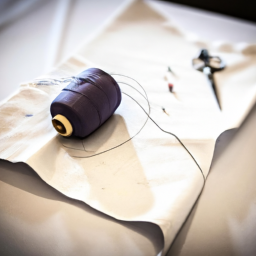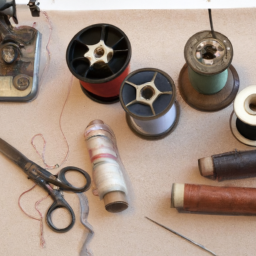
History of Sewing Machine in the Philippines

The sewing machine, an invention that revolutionized the textile industry, has played a crucial role in the history and development of the Philippines. Introduced during the Spanish colonial period, the sewing machine quickly became an essential tool for Filipinos engaged in textile manufacturing, garment production, and domestic sewing.
Spanish Colonial Era
The sewing machine was first brought to the Philippines in the late 19th century by Spanish colonizers. Initially, it was mostly used by Spanish families and wealthy Filipinos, who were able to afford this innovative technology. Sewing machines were mainly imported from Europe and the United States.
During this era, the sewing machine enabled the production of high-quality textiles, leading to increased efficiency and productivity. Skilled Filipino tailors began using the machine to create intricately designed traditional garments like the barong tagalog and the terno, which are still widely worn today.
American Period
With the start of the American occupation in the early 20th century, the sewing machine’s popularity in the Philippines grew even more. The Americans brought in more advanced models and established several manufacturing companies, creating local job opportunities and promoting industrialization.
The introduction of ready-to-wear garments further drove the demand for sewing machines. Filipinos embraced the convenience and versatility of these machines, allowing them to produce clothes faster and more efficiently. Sewing machines also became a common household item, enabling families to mend and create their clothes at home.
Modern Era
In the modern era, sewing machines have become far more advanced and technologically sophisticated. Computerized sewing machines now dominate the market, providing precise stitching and various automatic features.
While the demand for sewing machines has slightly declined due to the rise of cheap fast fashion imports, many Filipino artisans and designers still rely on sewing machines to create unique and high-quality garments. Furthermore, sewing machine repair and maintenance services have become a thriving business, ensuring the longevity of these machines.
Innovation and Impact
The introduction of the sewing machine in the Philippines brought significant changes to the nation’s textile industry, economy, and culture. It enabled mass production of textiles, increased employment opportunities, and provided Filipinos with the means to express their creativity and craftsmanship.
Today, the sewing machine remains an important tool for Filipino craftsmen, entrepreneurs, and domestic users. Whether preserving traditional garment-making techniques or embracing modern fashion trends, the sewing machine continues to be an integral part of the Filipino heritage.




